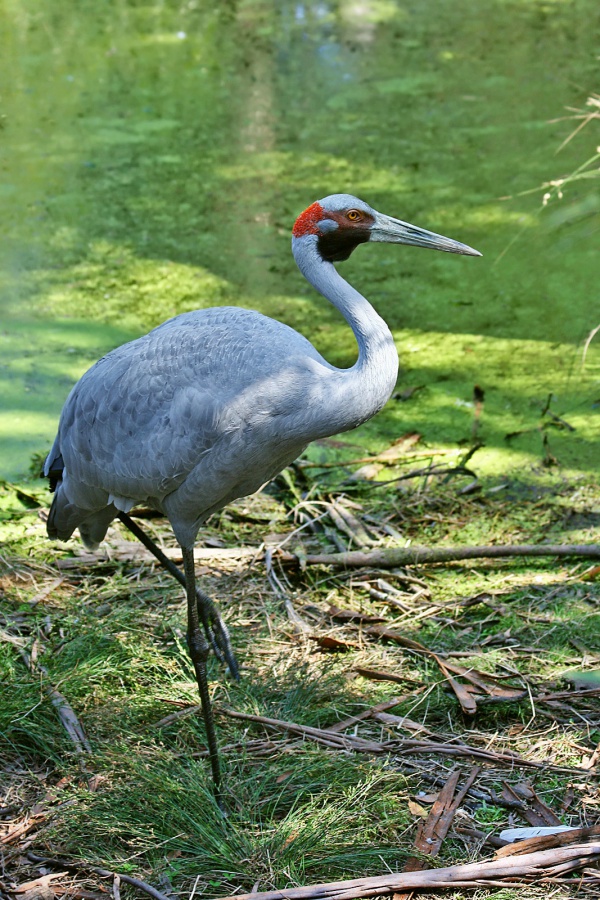Facts About Brolga
The brolga, also known as the native companion or Australian crane, is a magnificent bird belonging to the crane family. These elegant creatures can be found in tropical and southeastern Australia as well as New Guinea. One of the most enchanting sights in the avian world is the brolga's courtship dance. With its grey plumage, long legs, and slender neck, the brolga is truly a marvel to behold.
These social birds thrive in wetlands, where they build nests amidst the vegetation. Their diet is quite varied, encompassing plant matter, invertebrates, and small vertebrates.
From a scientific standpoint, the brolga is classified under the order Gruiformes and the genus Antigone. It was initially mistaken for a species of Ardea but was later correctly identified as a crane. Recent molecular studies have demonstrated that the brolga is closely related to the sarus crane and the white-naped crane.
Brolgas are widely distributed across Australia and New Guinea, although their numbers are declining in southern Australia. They form monogamous pairs and are renowned for their elaborate mating dances. Their breeding season varies depending on rainfall, and they build their nests in shallow water or on floating vegetation. Both parents partake in incubating the eggs and raising the chicks.
Conservation efforts for brolgas vary by region, addressing threats such as habitat destruction, collisions with powerlines, and invasive species. Despite these challenges, the brolga is classified as "least concern" by the IUCN, thanks to its large population and wide range. Conservation measures include habitat management, research, and captive breeding programs.
While brolgas do face some threats in certain areas, they continue to be an iconic and cherished bird in Australia and New Guinea.
